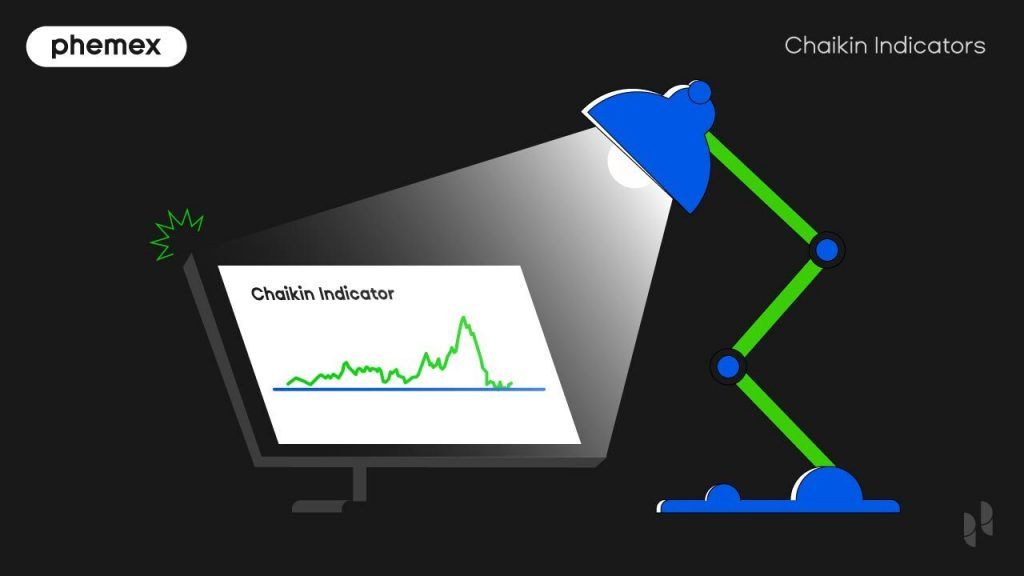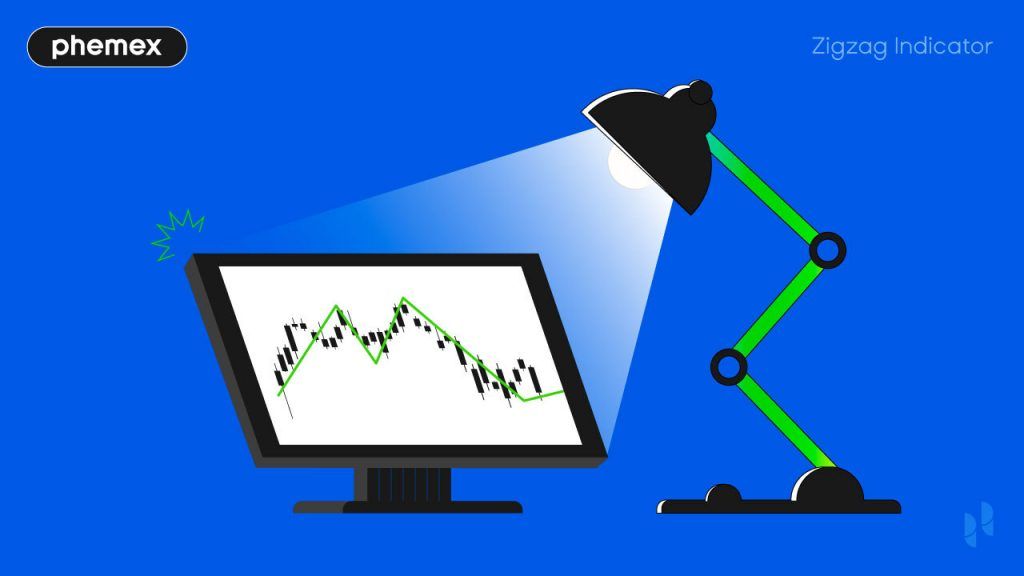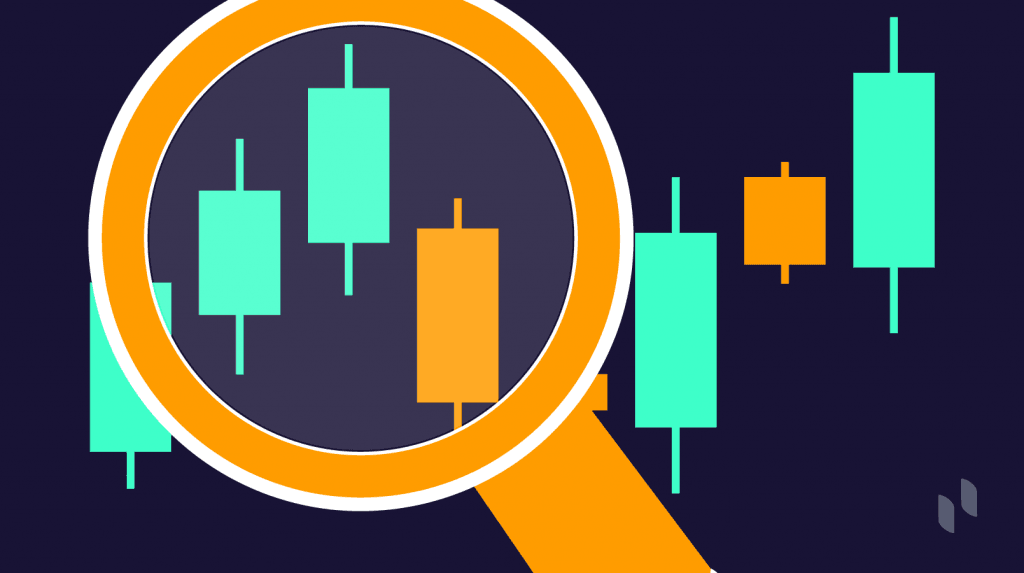What are Indicators?
Indicators are tools that official statistics use to predict economic or financial trends and patterns. In technical analysis, Indicators provide buy and sell triggers based on price movement. However, since the indicators are based on data collection and algorithms, they may sometimes lead to incorrect indications due to certain factors.
There are three types of indicators – leading, lagging, and coincident indicators:
Leading Indicators Explained
Leading indicators point towards future events or anticipate trends in the economy. Examples of leading indicators include housing starts, bond yields, and more. When such an indicator rises, the future demand of a particular asset usually rises too. If it falls, the demand for the asset usually slows down as well.
Lagging Indicators Explained
Lagging indicators confirm an upcoming pattern after a particular event has occurred. Commonly used lagging indicators include the employment rate, consumer price index (CPI), and more. For example, a consistently rising unemployment rate in the past months would indicate that the overall economy may continue to do poorly because consumers do not have money in their pockets. Another example is the CPI of key industries, such as fuel or medical costs, which also causes a ripple effect in the overall economic performance when it rises or falls.
Coincident Indicators Explained
Coincident indicators change along with the economy or stock market and are often used to signify the condition of the economy’s business cycle in a given quarter. Coincident indicators include personal income, gross domestic product (GDP), employment rate, average weekly hours worked, and more. Coincident indicators are analyzed as they occur, usually used in conjunction with leading and lagging indicators to determine the potential movement using a future perspective. For example, a solar panel manufacturing upsurge would gradually increase employee demand in the renewable energy industry. Payroll data is another coincident indicator that investors look at to determine employee capacity and the funds invested. Consequently, a high personal income number would be a contributing factor to a strong economy.
What are Leading and Lagging Indicators in Trading?
In technical analysis, leading and lagging indicators evaluate the strengths and weaknesses of the financial market. These indicators provide information about market trends, price action, and chart patterns. As a result, traders and investors can analyze the market better to identify ideal entry and exit points. Besides price actions and technical analysis, the indicators can measure organizational goals and economic variables.

Movement of a leading indicator before price changes occur. (Source: Earn2Trade)
A leading indicator gives a signal before a trend or trend reversal occurs by predicting what the price chart will do next. With the price movement anticipated ahead of time, traders can decide to open or close their trades at the start of a movement to ride or exit a trend.
As shown in the illustration above, the indicator signifies how overbought or oversold something is, assuming that the currency pair will bounce back to its intrinsic value. As such, traders can establish their market entry or exit points.
The price of an asset in an overbought market will drop eventually, implying that traders should exit their long position or sell their position short. Conversely, an oversold market will eventually rebound, and traders may take a long position in the market to ride the rise in price.

Movement of lagging indicator before price change occurs (Source: Earn2Trade)
Unlike leading indicators, lagging indicators utilize past price action data. The indicator confirms the strength of the trend as it gives a signal after the price movement has started. Lagging indicators confirm price actions for traders looking to avoid false signals before trading.
From the illustration above, lagging indicators usually occur after a price change, meaning the price action is witnessed by all first and confirmed by the indicator. The indicator is often used to filter out noise in short-term market movements to confirm long-term trends. As lagging indicators are slower to react, it is not a suitable tool to read volatile markets such as the cryptocurrency market. In volatile markets, price changes happen very fast, where gains can turn out to be a loss or vice versa.
What are the Pros and Cons of Leading and Lagging Indicators?
Advantages of the Leading and Lagging Indicators
In terms of the advantage, leading indicators provide entry points for a possible move and help traders identify the support and resistance levels for higher probability trades. Lagging indicators offer traders greater assurance to enter a trade as recent price action is confirmed by the market, reducing the risk of failed moves or false breakouts. Due to their nature, leading indicators tend to work more efficiently in sideway/ranging markets while lagging indicators work well in trending markets.
Disadvantages of the Leading and Lagging Indicators
For the disadvantage, leading indicators do not guarantee forecasted price action despite their ability to help investors stay ahead of the curve. Moreover, leading indicator is notorious for false signals caused by news, calculation errors, or false breakouts. A false signal occurs when a leading indicator responds too quickly to changes in stock price, or when a lagging indicator is affected by the inertia when responding to a trend reversal. Hence, traders are required to utilize their knowledge in using the indicators depending on each situation. Also, leading indicators are more insightful in advanced technical analysis, which can be intimidating for new traders.
Though lagging indicators are easier to identify, they do not accurately capture the current trends. Therefore, potential pips are sacrificed when waiting for a confirmation from the lagging indicator. For instance, these indicators will signify stock price reversal, but it may be too late to make gains or limit losses by then. Lagging indicators also have no concept of support and resistance levels, so traders need to be aware. In comparison with leading indicators, lagging indicators are less prone to false signals because the signal is given after the price chart has formed a trend. However, the negative aspect is that you will buy and sell late.
What are the Types of Leading and Lagging Technical Indicators?
There are many leading and lagging technical indicators that traders can monitor to predict the market trend. The following are examples of leading and lagging technical indicators, which are categorized into trend, momentum, volatility, and volume indicators:
- Trend indicators use price averaging to measure the direction and strength of a trend. When the price moves above the moving average line, it is thought of as a bullish trend, and vice versa. Moving averages (MA) and moving average convergence divergence (MACD) are lagging trend indicators, while Parabolic Stop and Reverse (PSAR) is a leading trend indicator.
- Momentum indicators help identify the speed of price movement and analyze volume. When there is a divergence between a momentum indicator and price, it can signal a change in future prices. Stochastic oscillator, Commodity Channel Index (CCI), and Relative Strength Index (RSI) are all leading momentum indicators.
- Volatility indicators help traders determine points where the market may change direction and provide useful information about buying and selling in a given market. Bollinger Bands, Average True Range (ATR), and standard deviation are lagging volatility indicators.
- Volume indicators measure the strength of a trend or confirm the trading direction based on averaging or smoothing of raw volume. A strong trend increases trading volume, which leads to large movements in price. Chaikin oscillator (CO) and on-balance volume (OBV) are leading volume indicators, while volume rate of change (VROC) is a lagging volume indicator.
A trend indicator helps traders determine if the market has begun a trend and the strength of that trend. Momentum and volume indicators focus on the principle that momentum or volume will change ahead of price. Volume indicators tend to show changes before price due to the buying and selling pressure in the market. By analyzing price in conjunction with volume, one can determine price trends more accurately. For example, an asset’s price reaching new highs on a decreasing volume would mean a potential upcoming reversal.
How are Leading and Lagging Indicators Used?
Indicators are useful tools for traders in their analysis of price action. Traders looking for fast signals tend to use leading indicators while implementing a tight stop loss in case the market moves in the opposite direction. Besides stop-loss, traders may also utilize position sizing to avoid putting too much capital at risk on each trade.
In contrast, traders seeking greater confidence tend to analyze the price movement with multiple lagging indicators to confirm price trends. Lagging indicators are theoretically more accurate because of their post facto data gathering and calculations. In addition, as a way of risk management, traders trade at a longer time frame with lagging indicators to profit from continuing momentum. Nonetheless, as previously stated, slow signals from lagging indicators might not come early enough for investors to ride the entire trend.
An ideal trading strategy would involve both leading and lagging indicators to predict market movement and confirm it. The following is an example that combines leading and lagging indicators to read market conditions.
 Example of two different market conditions (Source: Tradimov)
Example of two different market conditions (Source: Tradimov)
In the figure, the leading indicator and lagging indicator are used according to the market condition and the indicators’ strengths. The left side of the illustration above is the market with a sideways trend, where leading indicators like the stochastic oscillator at the bottom can be a useful tool. The right side is a trending market, where lagging indicators like the moving average (MA) in the price chart can be more useful.
As shown in the figure, indicators can be combined to be used over different market conditions. However, combining indicators of the same type are ineffective as they show similar information. Also, chart reading by using too many indicators would give conflicting signals.
Frequently Asked Questions
Is the Business Confidence Index (BCI) a leading indicator?
The Business Confidence Index (BCI) is a leading indicator of social and financial development in the future. It can be employed to monitor growth and forecast future turns in an economic situation. The business confidence index is built upon a survey asking businesses about progress on production, orders, and finished goods in the sector. A higher business confidence index number indicates the growth of the country’s economy. Traders and investors tend to hold currencies of countries with higher BCI values.
Is the Purchasing Managers’ Index (PMI) a leading indicator?
The Purchasing Managers’ Index (PMI) is a leading indicator that precedes changes in the trend of economic activity and output such as gross domestic product (GDP), industrial production, and employment. PMI is calculated based on monthly responses from the Institute for Supply Management (ISM) Business Survey Committee members on several business activities in the manufacturing sector.
Is the Moving Average Convergence Divergence (MACD) a leading or lagging indicator?
The MACD is a lagging indicator as the data it uses is based on the historical price action of the stock. It helps traders detect recent momentum in stock price that may signal a change in its trend.
Is the Parabolic SAR (PSAR) a lagging indicator?
The parabolic SAR (PSAR) is a lagging indicator, mostly used to determine the future short-term momentum of the stock market to determine where stop orders should be placed. The Parabolic SAR performs better in steadier trends. In a volatile market, PSAR tends to generate false trading signals.
Is the Relative Strength Index (RSI) a leading indicator?
The Relative Strength Index (RSI) is a leading momentum indicator that helps in identifying a trend reversal. It oscillates between 0 and 100 levels and gives out strong signals even in sideways market conditions.
Is the stochastic oscillator a leading indicator?
The stochastic oscillator is a leading indicator that compares recent closing prices to the previous trading range. Since market momentum changes direction much faster than volume or price, the indicator is used to predict market movements and direction. The stochastic oscillator is prone to false signals in volatile market conditions.
Is inflation a lagging indicator?
Inflation is a lagging indicator, showing demand has increased due to economic growth, and prices are rising to reflect the growing demand.
Conclusion
Indicators are tools that can be applied to price charts to determine market conditions. While a leading indicator is used to anticipate the future direction of the market, a lagging indicator is used to understand past performance. Each of the indicators has its strengths and weaknesses so relying on one type would negatively affect trading strategy. Furthermore, false signals may affect the accuracy of indicators and should also be taken into consideration. Risk management should also be incorporated in case the price does not move in an expected direction. With the different types of technical indicators available, beginners can experiment by combining them and try their strategies with backtesting for knowledge application to better understand the market.
Read More
- Non-Lagging Indicators: Top 5 Non-Lagging Indicators for Crypto Trading
- How to Read Crypto Charts: Learn Trading Chart Patterns
- What Is Trend Trading: Following the Market When It Pays
- What Is Market Timing: Trying to Find That Perfect Moment
- Swing Trading Crypto: What are the Best Indicators for Swing Trading?
- Stochastic Oscillator: Everything You Need To Know
- What Is Momentum Trading? Profiting from Market Volatility
- What are Highs and Lows in Trading: The World of Financial Highs and Lows









